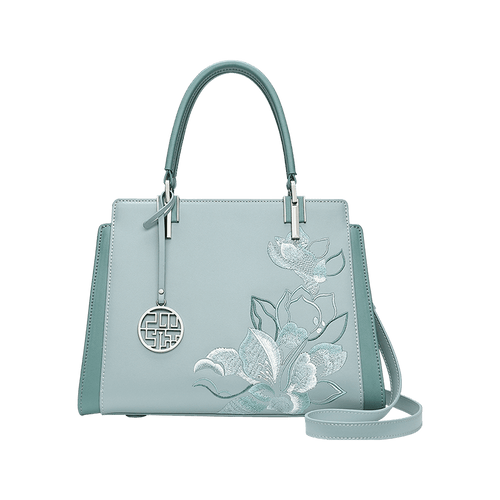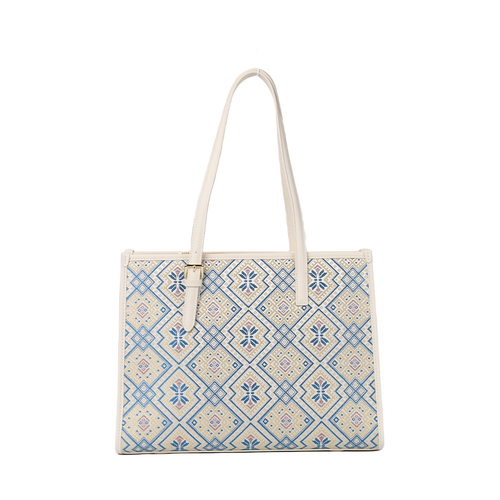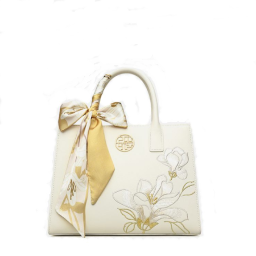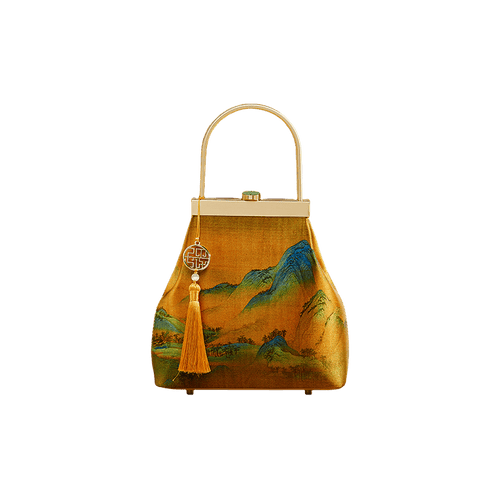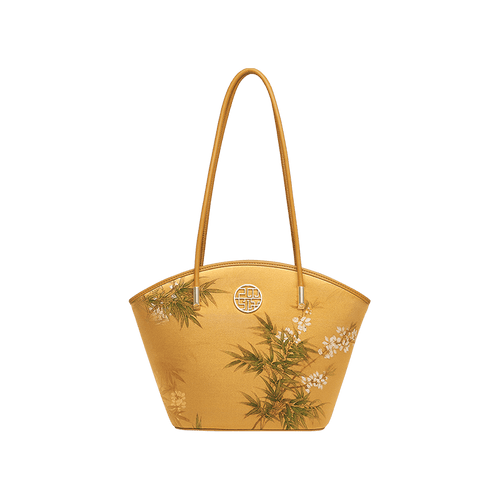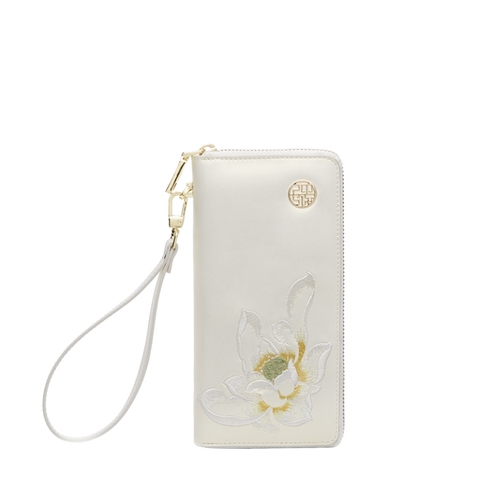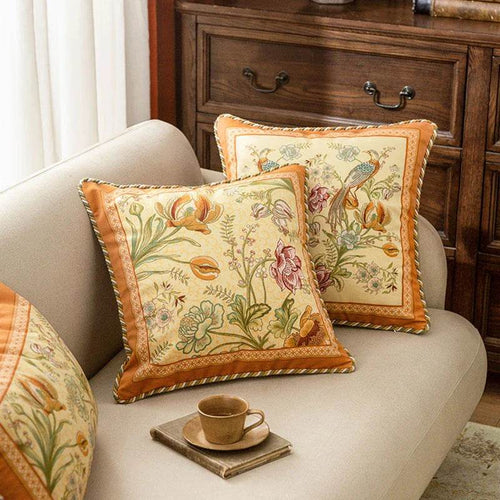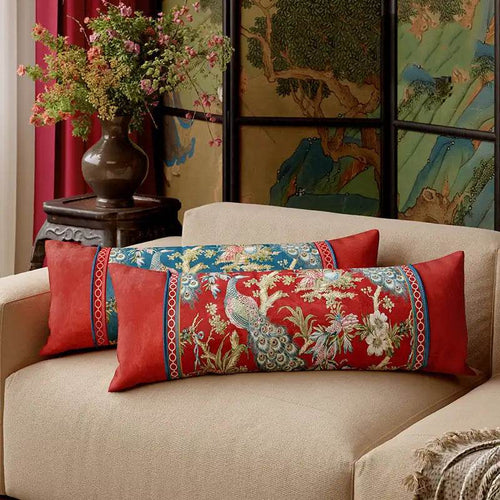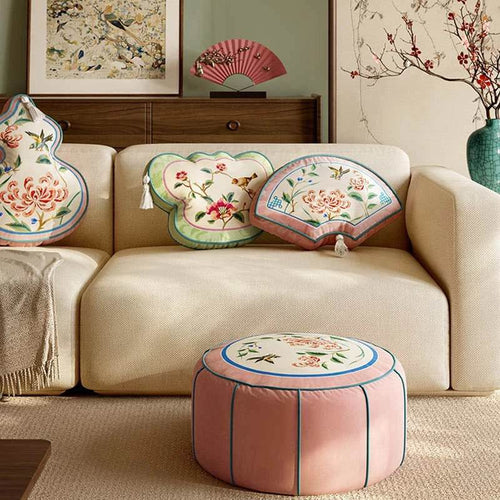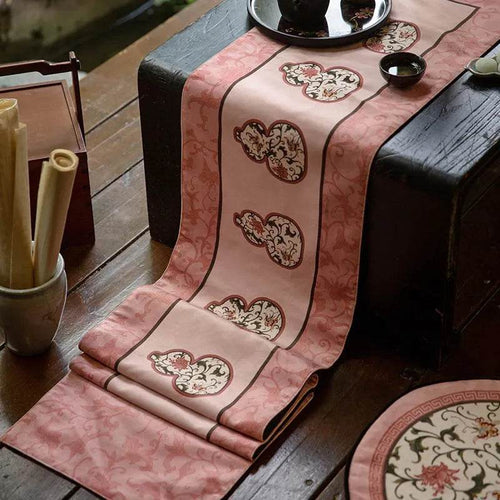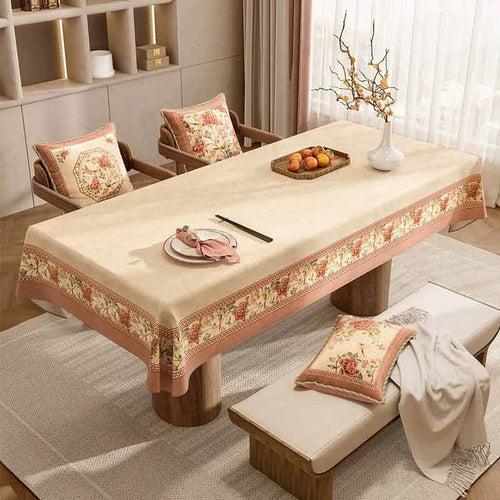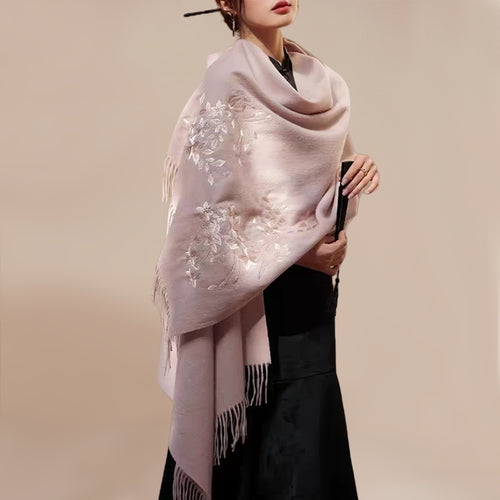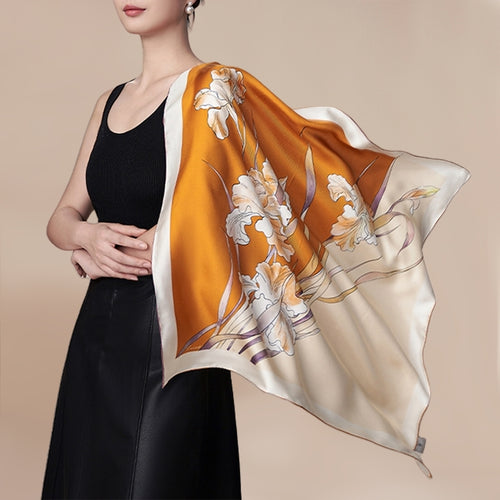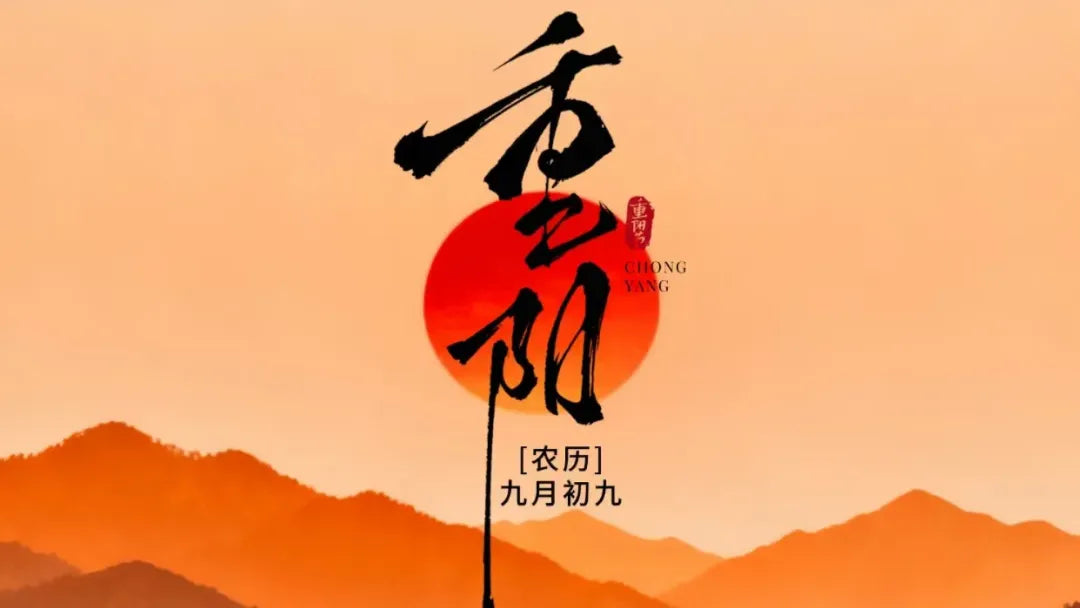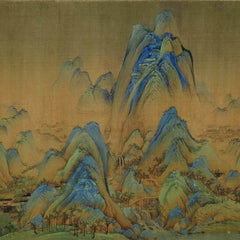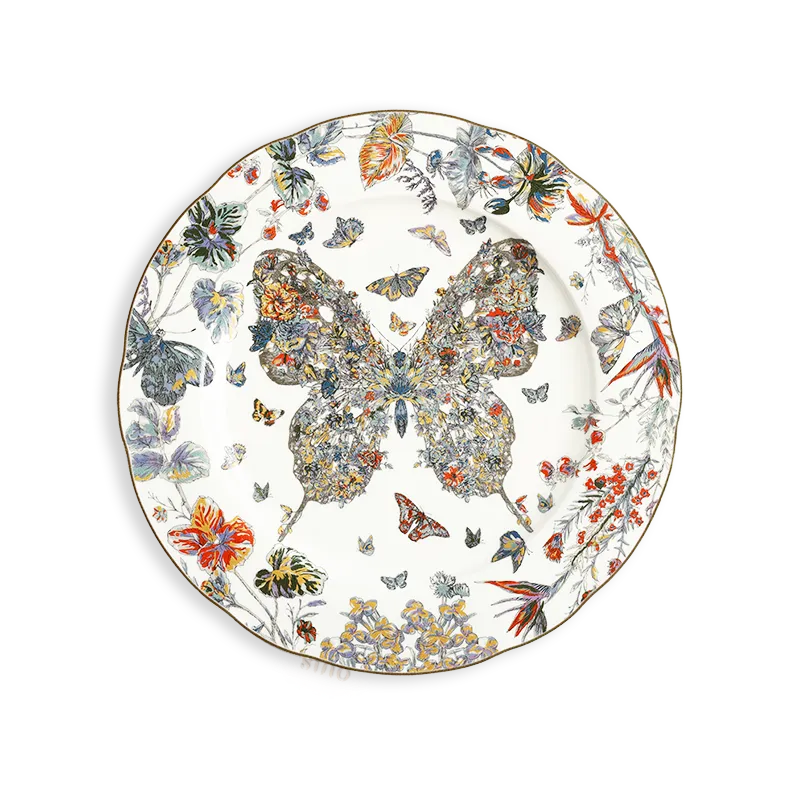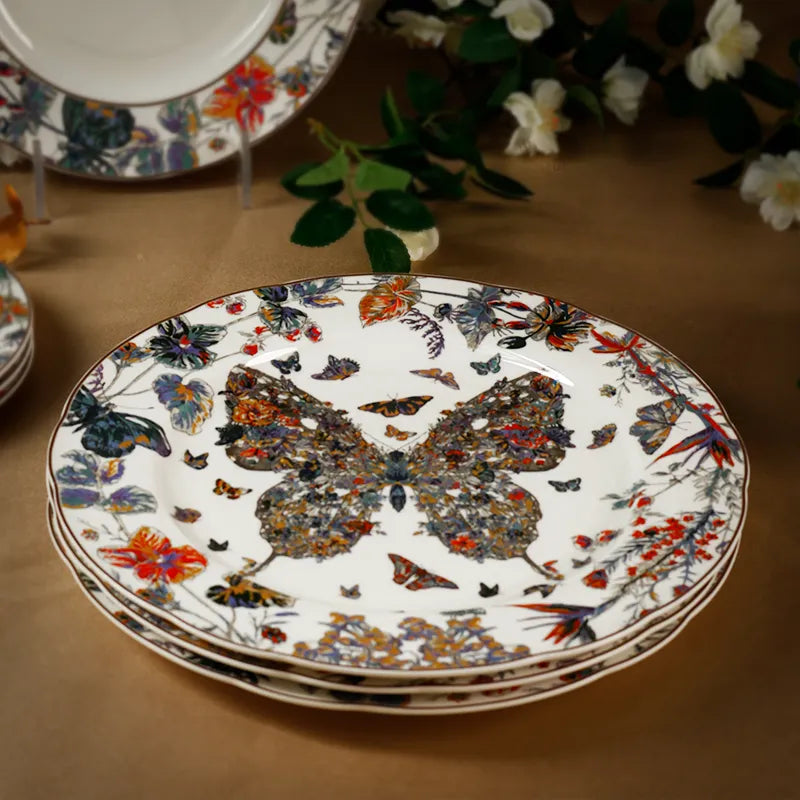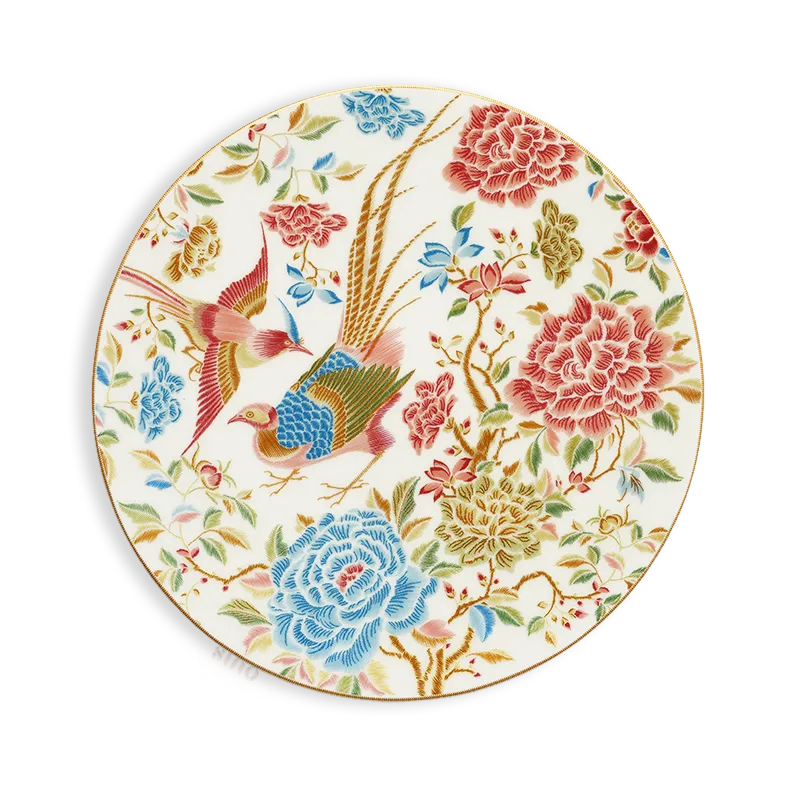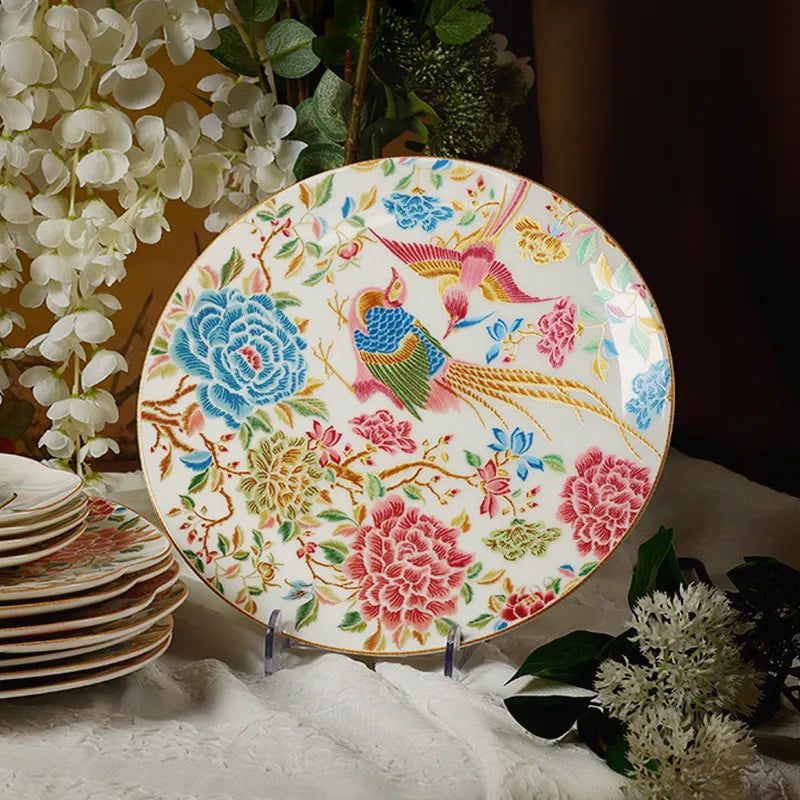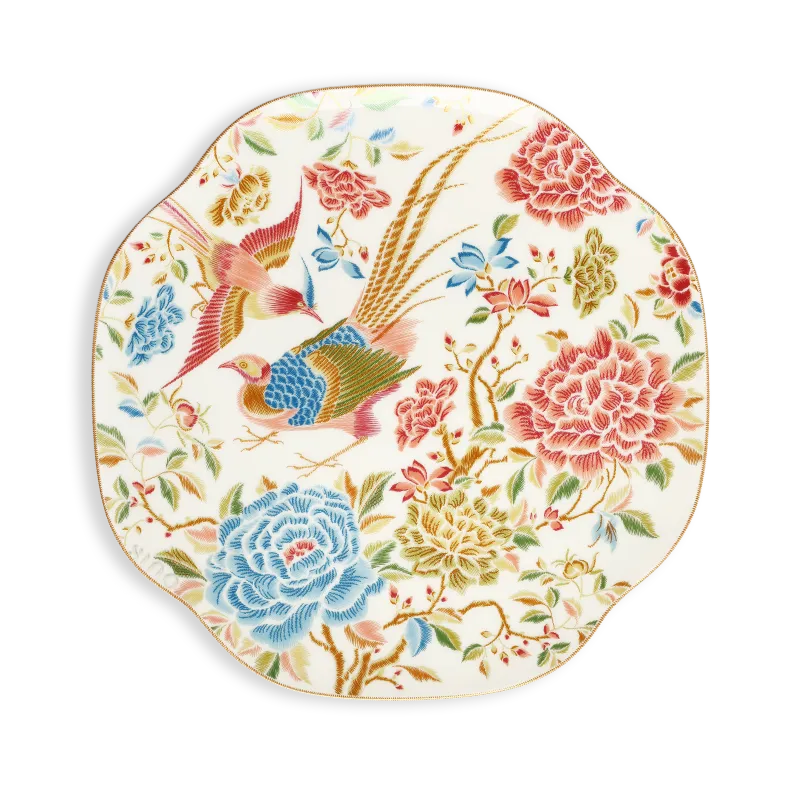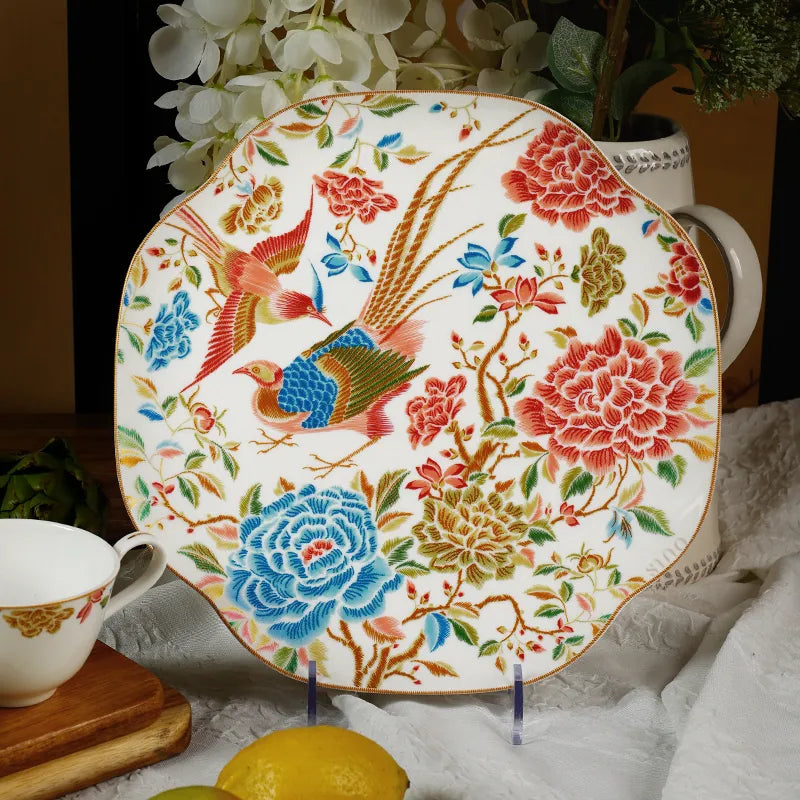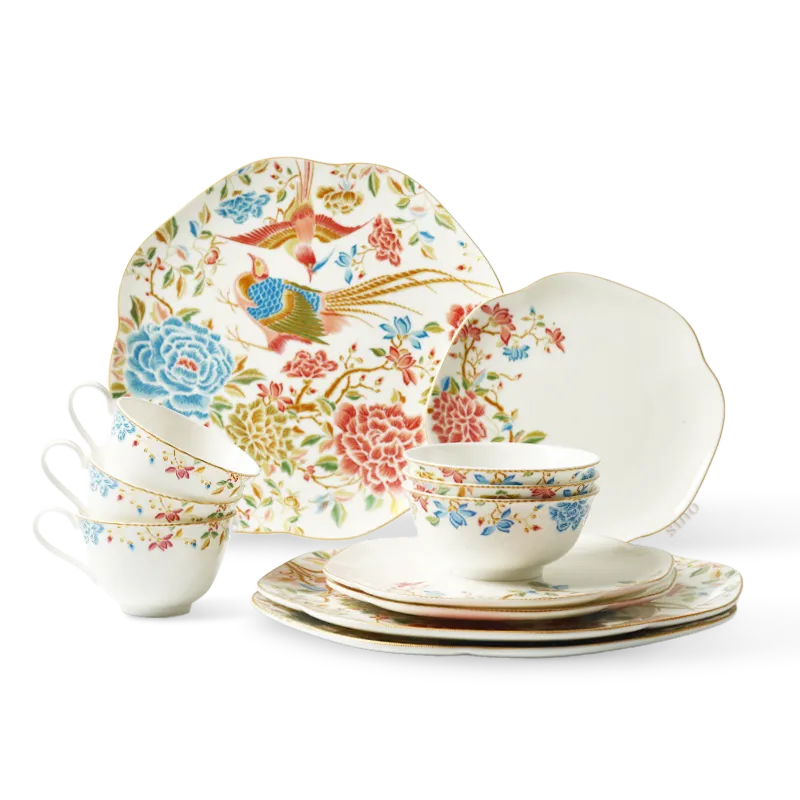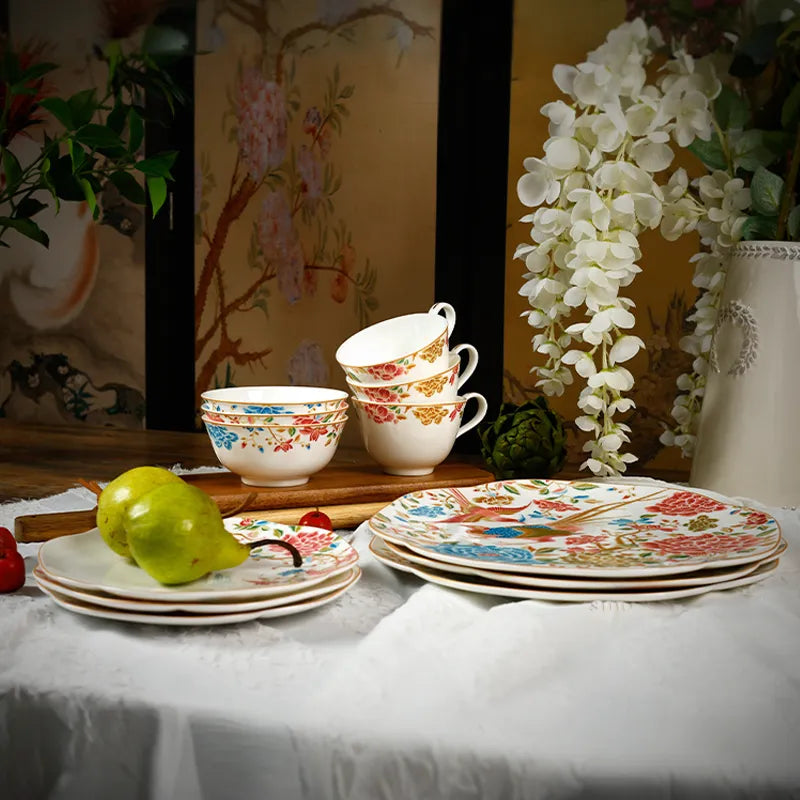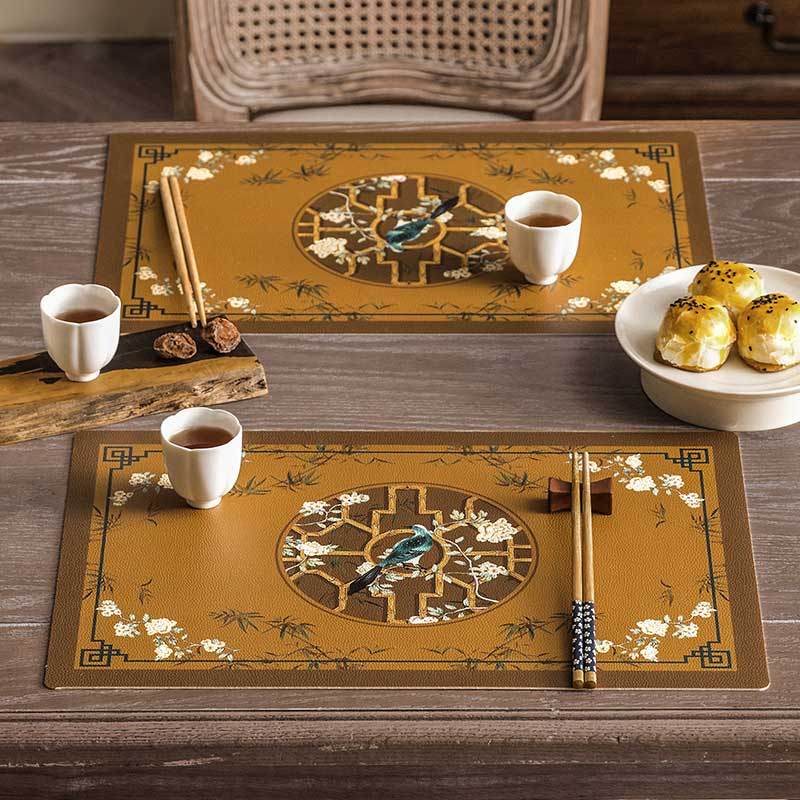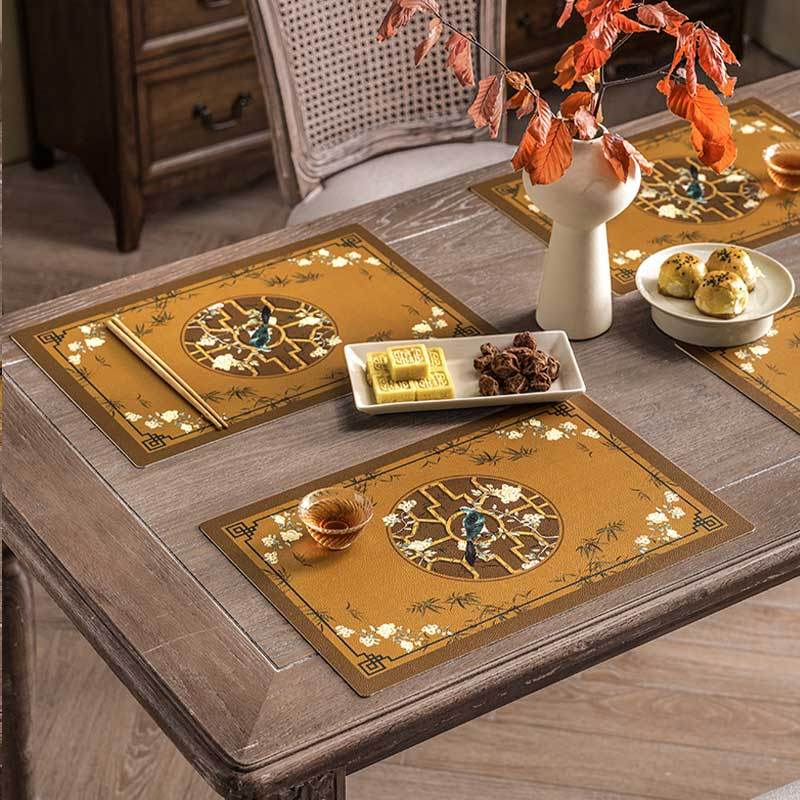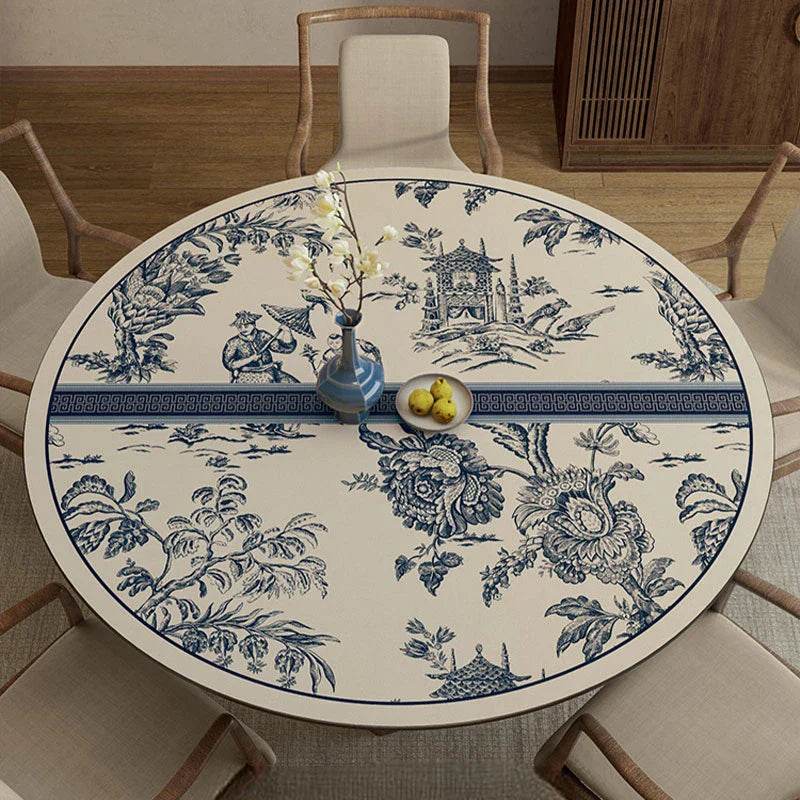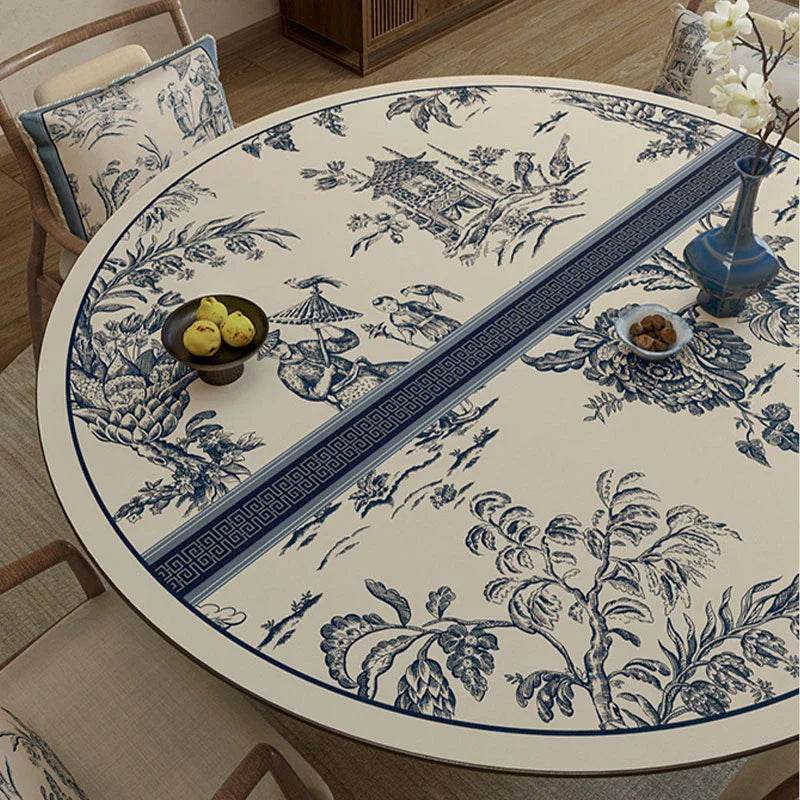باعتباره المصطلح الشمسي الثامن عشر في التقويم الصيني التقليدي، يمثل شوانغجيانج - "هبوط الصقيع" - اللحظة الشعرية التي ينحني فيها الخريف أمام الشتاء.
وفقًا للنص القديم "مجموعة الأقسام الموسمية السبعين"، "في الشهر القمري التاسع، عندما يصبح الهواء مهيبًا ومكثفًا، يتجمد الندى ويتحول إلى صقيع".
يحدث هذا عادة في 23 أو 24 أكتوبر، عندما تصل الشمس إلى 210 درجة من خط الطول السماوي.
إنه الوقت الذي تتألق فيه الصباحات المنعشة بالصقيع الأبيض، وتتحول الأشجار إلى اللون الذهبي، وتتحول الطبيعة بهدوء إلى السكون.

خصائص المناخ: من الحقول الذهبية إلى الصباحات الفضية
نزول الصقيع هو المصطلح الشمسي الأخير من الخريف، ويرمز إلى بداية مقدمة الشتاء.
خلال هذه الفترة:
- تنخفض درجات الحرارة بشكل حاد، ويظهر الصقيع الأول في المناطق الشمالية.
- تتسع الفوارق في درجات الحرارة بين الليل والنهار، مما يؤدي إلى أيام منعشة وليال باردة.
- يبدأ الجفاف، حيث يسيطر الهواء البارد - مما يؤدي إلى ما يسمى بجفاف الخريف (秋燥).
في شمال الصين، تشبه المناظر الطبيعية في كثير من الأحيان اللوحات الفنية - الحقول الذهبية في النهار، والصقيع الفضي عند الفجر.
إنها اللحظة التي يلتقي فيها دفء الخريف مع نعمة الشتاء الهادئة.

الظواهر الثلاث (三侯): إيقاع الطبيعة الدقيق
قام العلماء الصينيون القدماء بتقسيم شوانغجيانج إلى ثلاث "هو" - مراحل صغيرة تصف إيقاع الطبيعة المتغير:
-
أول هو (一候): ابن آوى يكرم فريسته (豺乃祭兽) - تبدأ الحيوانات في الصيد بشكل أكثر نشاطًا، وتخزين الطعام للبرد القادم.

-
هو الثاني (二候): سقوط الأوراق وتلاشيها (草木黄落) - تتحول الغابات إلى اللون الذهبي وجرداء، إيذانًا بنهاية خضرة الخريف.

-
هو الثالث (三候): تراجع الحشرات للنوم (蜇虫咸俯) - يبدأ السبات بينما تستعد الأرض للسكون والتجديد.

تذكرنا هذه التحولات بضرورة التباطؤ والتأمل والاستعداد - ليس فقط منازلنا، بل عقولنا - لفصل الشتاء القادم.
التقاليد الموسمية: التغذية والتجمع والاحتفال
في جميع أنحاء الصين، يتم الاحتفال بعيد شوانغجيانج بالأطعمة الرمزية الدافئة والطقوس اليقظة التي توازن بين الجسد والروح.
-
تناول الكاكي (柿子) : يُعتقد أنه يقوي الأوتار، ويحمي من نزلات البرد، و"يحميك من الإصابة ببرد الشتاء".

-
استمتع بأطباق البط (吃鸭子) : في المناطق الجنوبية مثل فوجيان وتايوان، يقوم الناس "بتجديد" أجسادهم بعد الخريف - والذي يعتبر أفضل وقت للتغذية.

-
الفجل ولحم البقر (吃萝卜、吃牛肉) : شائع في شمال الصين، ويرمز إلى القوة والدفء مع اشتداد البرد.

-
مشاهدة نبيذ الأقحوان وزهوره (赏菊饮酒) : "بعد الصقيع، يزهر الأقحوان" - وهي طريقة عريقة للاحتفال بالمرونة والجمال.

العادات الثقافية: بين السماء والأرض والإنسانية
تحمل رواية "هبوط الصقيع" رمزية عميقة، مهيبة وشاعرية.
-
تسلق الجبال العالية (登高望远) : كان الصينيون القدماء يعتقدون أن صعود الجبال ينعش الرئتين ويرفع الروح - وهي طقوس الخريف للتحرر والتجديد.

-
الإعجاب بأزهار الأقحوان (赏菊花) : تزهر أزهار الأقحوان بقوة تحت الصقيع، وهي تمثل المثابرة والنقاء.

-
مهرجان الملابس الباردة (寒衣节) : تكرم العائلات أسلافهم من خلال إعداد الملابس الدافئة، ودمج الذكرى مع الامتنان.

-
صيد الخريف (习射围猎) : في العصور القديمة، كان هذا عادة ملكية تعكس الانضباط والاستعداد لفصل الشتاء.

الحياة العصرية: إيجاد الدفء في جمال فروست الهادئ
اليوم، تدعونا شوانغجيانغ إلى التباطؤ وخلق الدفء في حياتنا الحديثة.
مع قصر الأيام، يمكن لمنزلك أن يصبح ملاذًا للراحة والأناقة المستوحاة من الطراز الصيني.
نصائح ديكور المنزل:
دمج الألوان الدافئة والملمس الناعم - فكر في اللون البني الغني، والذهبي الباهت، والأحمر العميق.
استكشف مجموعة ديكورات المنزل الصينية من Sinocultural — والتي تتميز بالأنماط الزهرية وطول العمر وشبكات النوافذ التي تجلب السلام والازدهار في الداخل. 
نصائح حول نمط الحياة:
خصص عطلة نهاية الأسبوع للتخييم أو المشي لمسافات طويلة تحت الأوراق الذهبية.
دع هدوء الطبيعة يذكرك بأن السكون أيضًا هو نمو متنكر.

الخاتمة: النعمة في السكون
تهمس شوانغجيانج برسالة خالدة - لاحتضان الهدوء والتوازن والامتنان مع تحول العام إلى أكثر برودة.
إنها لحظة لتكريم إيقاع الطبيعة وإدخال شعرها إلى حياتك - سواء من خلال التقاليد الواعية، أو الوجبات المشتركة، أو دفء منزل مصمم بشكل جميل.
في Sinocultural ، نحتفل بكل مصطلح شمسي كتذكير بأن الجمال لا يُرى فقط - بل يُشعر به ويُصنع ويُعاش.
